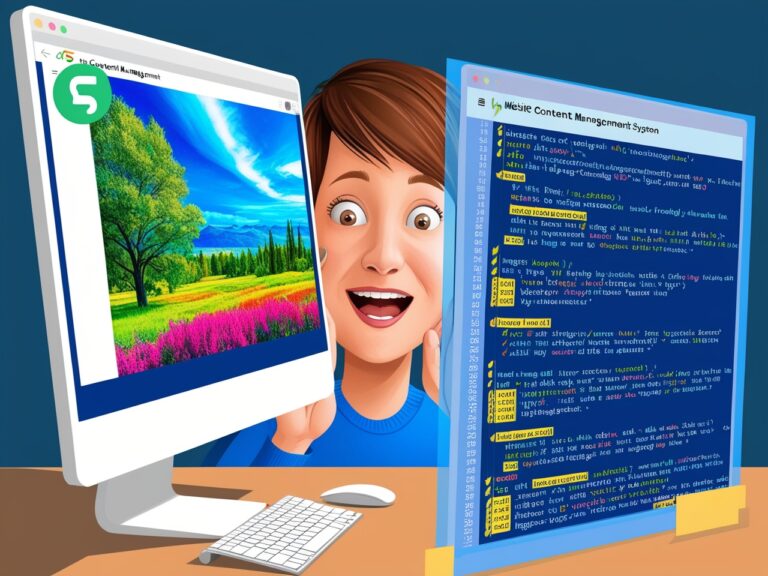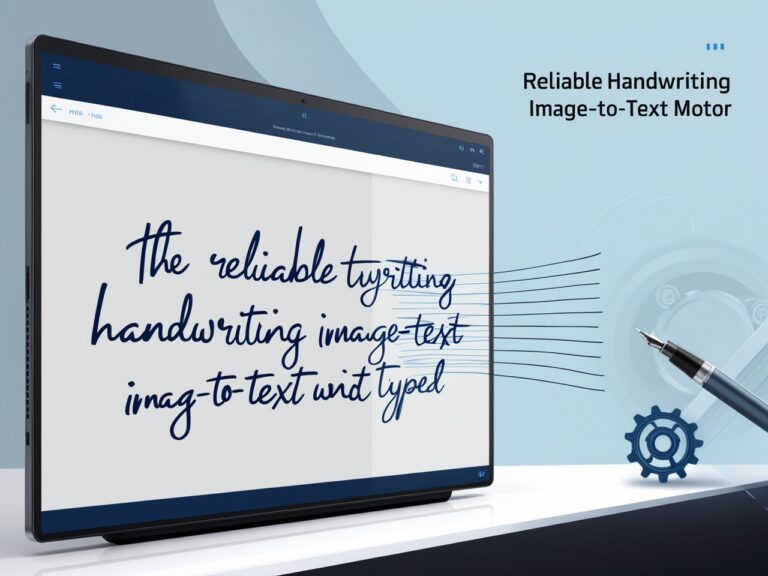Can OCR Read Text in Videos? A New Way to Extract Info Frame by Frame
Introduction: Why Video Text Matters
As a professional manager in a media company, I often work with hours of video footage—interviews, documentaries, explainer clips, and marketing content. One of the biggest challenges we faced was extracting important text from these videos. This included on-screen quotes, product labels, and subtitles that weren’t embedded. That’s when we turned to OCR (Optical Character Recognition), and the results were impressive. OCR is no longer just for images or PDFs—it can now read text frame by frame in videos. In this article, I’ll walk you through how this technology works, what tools to use, and how it can help speed up your work.
How OCR in Videos Works
OCR in videos works by breaking down the video into individual frames. These frames are treated like still images. Then, just like traditional OCR tools scan scanned documents or images, they process each frame to find readable text. Some advanced tools even track changing text over time, like scrolling news tickers or subtitles.
Frame-by-Frame OCR vs Static OCR
| Feature | Frame-by-Frame OCR | Static OCR (Images/PDFs) |
| Input Type | Video Frames | Images or Documents |
| Processing Speed | Slower, needs more resources | Faster |
| Text Tracking | Yes, tracks text over time | No tracking needed |
| Use Cases | Subtitles, signs, labels | Forms, scanned pages |
| Accuracy | Depends on motion & resolution | Usually higher if clear image |
One of the tools we used is Google Cloud Video Intelligence API, which is excellent for detecting text in video files, especially when used with high-quality resolution. For open-source fans, OpenCV combined with Tesseract OCR works well for custom workflows.
My Experience: Saving Time with OCR in Client Projects
I remember one project where a client sent us 40+ minutes of video testimonials from users. The text was shown on-screen in each video—like their names, roles, and feedback. Instead of manually writing down this data, we ran a Python-based script using OpenCV to break the video into frames every 2 seconds and then applied Tesseract to each one. We extracted all the visible text in just under 20 minutes. That saved our team over 8 hours of manual work.
Best Uses of Video OCR Today

Let me share some examples where this technology is already helping professionals like me and others across industries.
1. Auto-Extracting Subtitles and Captions
Many companies now convert spoken words into captions using speech-to-text tools. But sometimes, videos include burned-in captions, especially in older formats. OCR helps pull out these lines of text easily for repurposing or translation. Rev.com explains the difference between burned-in and optional subtitles clearly.
2. Reading Labels in Product Demos
In product demo videos, companies often showcase product names, serial numbers, or part labels on the screen. OCR can pick up these details and save them into a searchable format, which is super helpful in documentation and customer support.
3. News Monitoring and Content Moderation
News organizations or social media teams may want to track the appearance of brand names or sensitive phrases in video content. Instead of watching full footage, OCR tools can scan frames for any pre-defined keywords.
Tools to Try: Free and Paid Options
If you want to test this technology yourself, here are some OCR tools for video text recognition:
Free Tools:
- Tesseract OCR + OpenCV (best for developers and tech users)
- Video2Frames + Any OCR App (manual method but works)
Paid Tools:
- Google Cloud Video Intelligence – high accuracy, scalable
- AWS Rekognition – great for brands already using Amazon tools
- Microsoft Azure Video Indexer – useful for large teams
You can explore these platforms more on their respective official websites, like Azure Video Indexer and AWS Rekognition for deeper documentation and setup guides.
Challenges in Video OCR

Even though OCR has improved a lot, it’s not perfect. These are a few issues I’ve faced:
Blurry or Fast-Moving Frames
If the video has low resolution or fast motion, OCR accuracy drops. Using frame extraction every 1–2 seconds instead of every frame can help reduce errors.
Low Contrast or Fancy Fonts
Videos with stylish fonts or poor contrast make it harder for OCR to read. You may need to adjust the image brightness or use filters through OpenCV before OCR.
Language Limitations
Some OCR tools don’t support multiple languages or non-Latin scripts by default. Make sure to configure the right language packs if you’re scanning something like Arabic, Chinese, or Urdu.
Let me know when to continue, and I’ll write the second half with sections like “How to Set Up OCR for Video Text,” “Who Needs Video OCR Most,” and a final conclusion with my personal tips.
“Can OCR Read Text in Videos? A New Way to Extract Info Frame by Frame”
My Experience Using OCR for Video Frames
As a professional manager working with video editing teams, I faced real problems when trying to get text from video lectures, cooking tutorials, and product demos. Manually writing down each step or ingredient from a video was not only time-consuming but also prone to errors. That’s when I tried using OCR frame-by-frame on videos, and it changed everything. Now we could extract on-screen instructions, titles, or even subtitles with speed and precision.
By using tools like Tesseract OCR or commercial platforms like Google Cloud Vision, we were able to automate this task. We captured video frames, sent them to the OCR system, and collected text into clean documents ready to use. It wasn’t perfect at first—but after setting the right resolution, frame interval, and format, results improved a lot.
Which Video Formats Work Best for OCR?
OCR systems perform better with clean, sharp images. So, the video format and frame quality matter. Videos with high-definition (HD) quality and stable text placement work best. Here’s a quick comparison:
| Video Format | OCR Performance | Notes |
| MP4 (1080p) | Excellent | Clean, high-res |
| AVI (720p) | Good | May need upscaling |
| FLV (480p) | Fair | OCR may miss small text |
| MOV (1080p) | Excellent | Stable and clean text |
| WebM | Depends on resolution | Needs testing |
If the text is moving, OCR may need to pause the video at correct frames. This is where frame sampling every 1–2 seconds works well to avoid redundancy.
Advanced Tip: Using AI to Boost OCR on Videos
Traditional OCR struggles with noisy backgrounds or fast-moving captions. But AI-powered OCR tools like Microsoft Azure Cognitive Services and Amazon Textract are better trained for such conditions. They can detect text with higher accuracy, especially if you’re dealing with lower resolution or foreign language videos.
You can also combine video stabilization tools with OCR to get better results. Stabilizing shaky footage before passing it through OCR can reduce recognition errors. It’s also smart to add a pre-step where you remove background noise or blur, using software like Adobe Premiere Pro’s video filters.
Can OCR Extract Subtitles from YouTube or TikTok?
Yes! Many creators now place text directly on the screen—either as part of their branding or in place of subtitles. Using OCR, you can capture this on-screen text, especially if the video doesn’t have closed captions. While YouTube offers auto-captioning, sometimes the captions are wrong or missing. With OCR, you can go beyond what the platform gives you.
There are tools like Kapwing or VEED.IO, which offer OCR video transcription features built-in. You just upload the video, and it auto-generates the text content you can copy, translate, or edit.
Limitations to Keep in Mind
Even though OCR is powerful, it’s not perfect. Some of the problems I faced include:
- Low lighting making text unreadable
- Text over complex backgrounds like fire or fast motion
- Watermarks or logos interfering with results
- Foreign language fonts OCR struggles to detect correctly
- Frame rate too fast, leading to text blur
Still, by choosing the right tools and settings, these issues can often be minimized.






